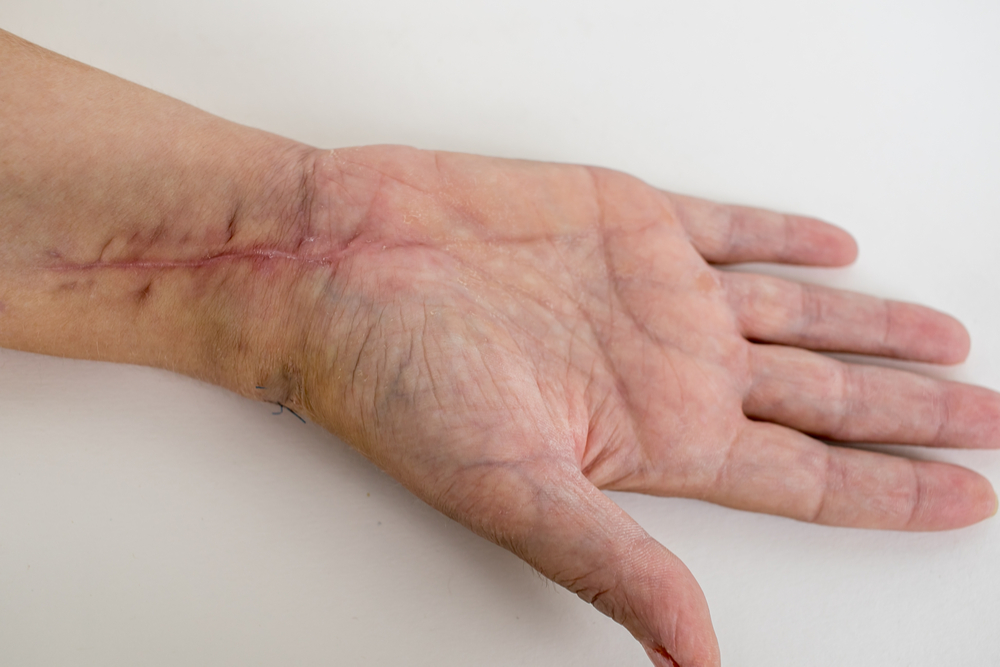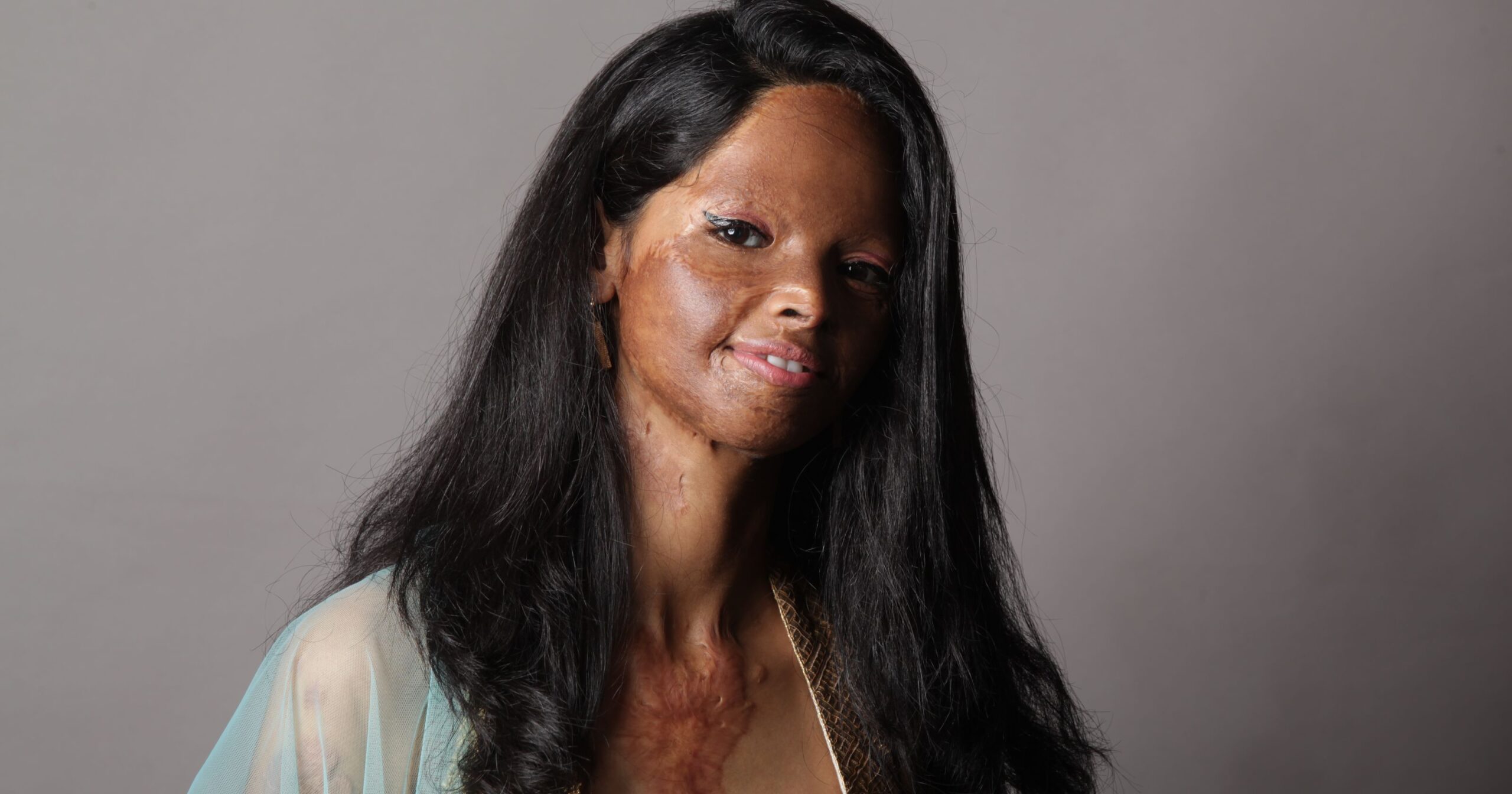- Women undergoing the surgical removal of one or both breasts may have the option of preserving the nipple and areola through a technique known as nipple-sparing mastectomy.
- During the procedure, the breast tissue beneath the nipple must be checked for cancerous cells — if no cancer is detected, the nipple can be spared.
- Anyone facing a mastectomy or immediate reconstruction should talk to their doctor about this option and consider getting a second opinion if he or she says it can’t be done.
What is a nipple-sparing mastectomy?
The procedure is an extension of the skin-sparing mastectomy, during which the surgeon will make a small incision, usually through the fold of the breast or near the areola, to remove all of the breast tissue but leave the nipple, areola, and skin intact.
This is a good option for women who are pairing their mastectomy with reconstructive surgery in what’s known as an immediate breast reconstruction. Women who have reconstructive breast surgery at a later date can retain the nipple with the use of a tissue expander.
“Women who want the best and most natural appearance after mastectomy should always talk to their doctor about sparing the nipple and surrounding colored skin, the areola,” says Dr. Heather Richardson of Bedford Breast Center in Beverly Hills.
Thanks to new techniques, more and more breast reconstruction patients are able to preserve their natural nipples.
What are the main benefits of nipple-sparing?
There are numerous benefits to the nipple-sparing procedure. For one, it preserves your natural nipple, which means that some women (between 30 and 60 percent) regain sensation in their nipples following surgery.
Perhaps most significantly, studies indicate that the procedure has a low rate of breast cancer recurrence.
Richardson points out that in most cases it also brings a better aesthetic result, since the natural nipple is very difficult to replicate if it has been completely removed.
“It actually employs a smaller, more hidden scar, which is placed in the fold under the breast at the bra line, or near the border of the areola,” she says. “Either way, the incision is generally smaller and more hidden than in the more traditional, central incision that includes nipple-areola complex removal.”
According to Richardson, women who choose this option are generally more satisfied with their results than women who had a traditional mastectomy.
Studies such as this 2016 report published in the Journal of Surgical Oncology confirm that patients demonstrate high levels of satisfaction following nipple-sparing surgery.
Furthermore, this type of surgery may help simplify cancer treatment, because women who previously wanted to maintain their nipples may have opted for radiation instead of mastectomy and breast reconstruction procedures.
According to the Center for Restorative Breast Surgery in New Orleans, the nipple-sparing technique is also a good option for preventative mastectomy, such as in women who have the BRCA gene mutation.
Is nipple-sparing safe?
In most cases, nipple-sparing mastectomy can be safely performed with the same relatively low risk factors as traditional procedures.
Breast surgeons must remove the majority of the tissue directly beneath the nipple-areola complex and perform an analysis to ensure that there are no cancerous cells in the nipple, nearby skin, or tissue.
Of course, if cancer is detected there or within a very close proximity, the nipple must be completely removed.
“Leaving it in place is considered to be safe as long as the final tissue analysis results do not suggest that there could be cancer left behind in the nipple-areola complex,” says Richardson.
Interestingly, there is evidence to indicate that nipple-sparing mastectomy techniques may be safe for women who have cancerous cells even centimeters from the nipple. Patients who have ductal carcinoma in situ (DCIS, cancer in the lining of the breast milk ducts) may be candidates as long as the cancer is a reasonable distance from the nipple-areola.
Why don’t all mastectomies spare the nipple?
According to Richardson, the main barrier is that it’s a complicated procedure that requires the right skills for good results.
Surgeries performed by less skilled surgeons could cause a lack of blood supply, which could in turn cause the tissue to die. With that being said, experts emphasize that the procedure is safe in most scenarios.
There are a few drawbacks to consider (see below), and not all women are ideal candidates. Additionally, some women prefer to alter the appearance of the nipple during plastic surgery and may therefore choose to have it removed.
“It may be that it’s not safe or suitable to leave one or both nipples,” Richardson points out. “However, it is easier for surgeons to perform ‘old fashioned’ surgeries, and some surgeons aren’t eager to change because they don’t see the value in allowing a woman to live the rest of her life with nipples that make her feel as beautiful as possible.”
Are there any downsides to sparing the nipple?
There are a few potential drawbacks to consider. Though there doesn’t appear to be any studies that link nipple-sparing to negative health outcomes, Richardson notes that following the procedure women are occasionally left with either permanently flattened or permanently erect nipples. The procedure may also alter the balance of the breasts.
“Most women naturally have one breast that is 10 to 20 percent larger than the other,” she says. “This means if someone has two slightly different sized breasts and we remove the gland tissues underneath, the well-matched reconstruction we place underneath may cause the nipples to heal in slightly different positions.”
Who is a good candidate for the procedure?
Many women can have nipple-sparing mastectomies, regardless of breast size. Women with large breasts may require a longer incision, but the scar will still be smaller than the typical breast reduction surgery scar.
“In capable hands, almost every patient can be at least considered for the nipple sparing technique,” says Richardson. “A few exceptions include those that have had previous surgeries around the nipple, those with clear involvement by cancer, or those who have a breast that is so large that the central tissue must be removed in order to attain an ideal shape and size.”
According to BreastCancer.org, women whose tumors don’t involve the nipple or tissue beneath the areola are generally good candidates. However, women who have inflammatory breast cancer or advanced breast cancer with skin involvement may not be candidates for this procedure.
What if my doctor says it can’t be done?
Dr. Richardson encourages all women to seek a second opinion if their health care provider recommends against the procedure.
“If you have a doctor that says it is impossible or unsafe, ask a few more questions: Why does he or she think it is not possible? Have they ever tried to do a nipple-sparing mastectomy in this situation before? On what percentage of their patients do they generally offer and perform NSM? If the number is less than 80 percent, why is this the case? Are they willing to try?”
As with any plastic surgery, your results will depend on the surgeon you choose, which is why it’s so important to spend time finding the right doctor before scheduling your procedure.
» For more information on nipple-sparing mastectomy, meet our Medical Review Team.









